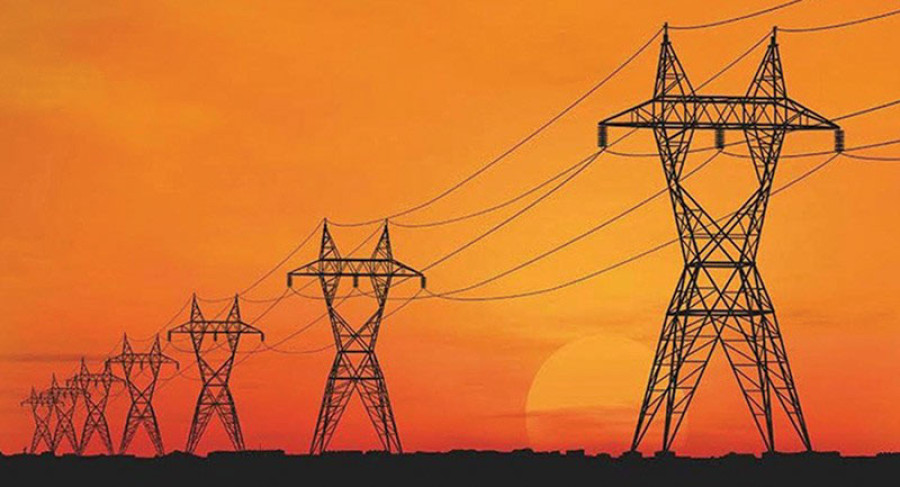Money
Marshyangdi corridor 220 kV transmission line: Indigenous people demand their say in power project
Indigenous communities in Lamjung district have demanded that the Marshyangdi Corridor 220 kV Transmission Line Project respect their rights and seek their Free, Prior and Informed Consent (FPIC) before beginning construction.
Bibek Subedi
Indigenous communities in Lamjung district have demanded that the Marshyangdi Corridor 220 kV Transmission Line Project respect their rights and seek their Free, Prior and Informed Consent (FPIC) before beginning construction.
Locals, on Thursday , wrote to the European Investment Bank (EIB) which is funding the project, demanding forward looking action from the multilateral lender.
They sent the letter to the EIB through the Free, Prior and Informed Consent (FPIC) and Rights Forum, an umbrella organisation of local-level struggle committees of people affected by various energy projects in Lamjung district.
The people are calling on the EIB to ensure a rights-based community decision making process, wherein communities are provided information and consultation about the project and receive fair community-level and individual-level compensation for any impacts they may suffer.
The Marshyangdi Corridor 220 kV Transmission Line Project is a national priority project being implemented by the Nepal Electricity Authority (NEA), the state-owned power utility. The high voltage transmission line will evacuate around 1,600 MW of electricity generated by various hydropower projects located on the Marshyangdi and nearby rivers.
The 112-km long power line starts in Manang district and passes through the Annapurna Conservation Area to Khudi and Udipur in Lamjung district.
The line then extends to Markichowk in Tanahu district and Bharatpur in Chitwan district. The planned alignment of the power line passes over forests, community resources, homes, structures and private lands.
Locals are upset that the project is constructing the power line without providing them adequate information about its environmental, social and economic impacts.
“FPIC is an international legal standard that requires projects and authorities to seek permission from local indigenous people before taking action on their lands,” said Shankar Limbu, an advocate and secretary of the Kathmandu-based Lawyers’ Association for Human Rights of Nepalese Indigenous People, an organisation supporting communities.
“FPIC means that communities have the final say in decisions that affect them. But in Lamjung, communities have not been provided basic information or opportunities for consultation on project impacts. These are core building blocks of FPIC, which are missing.”
The letter to the EIB encloses a report by an independent scientist from the US office of the Environmental Law Alliance Worldwide, who reviewed an initial environmental examination (IEE) conducted for a portion of the Marshyangdi Corridor, and found it to be deficient on many fronts.
“The EIB has decided that the IEE satisfies its requirements, but an independent scientist has found glaring errors in it,” said Siddharth Akali, South Asia Consultant at Accountability Counsel, a US-based organisation supporting the communities.
“The Marshyangdi Corridor is supposed to be in western Nepal near Annapurna base camp. But when we mapped the coordinates given in the IEE, it put the line mostly in China with part of it in eastern Nepal near Mt Everest. These gaps call into question the broader design, planning and implementation of the project.”
The NEA, however, said that adequate consultation was done with locals who will be affected by the project, and that the IEE didn’t have the errors pointed out by the organisations advocating on behalf of the communities.
“We are in the preliminary phase of the project implementation where we are finalising the alignment of the power line,” said Chirantan Bikram Rana, the NEA appointed project chief of the power line.
“We will make sure that project affected locals are given adequate compensation for their land and other assets if they are acquired by the project.”




 7.12°C Kathmandu
7.12°C Kathmandu














